The domestic durian market on November 7 recorded a downward trend in prices in key growing regions such as the Central Highlands and the Mekong Delta. The main reason is believed to be the disruption of export clearance activities at northern border gates, leading to inventory and slowing purchasing activities.
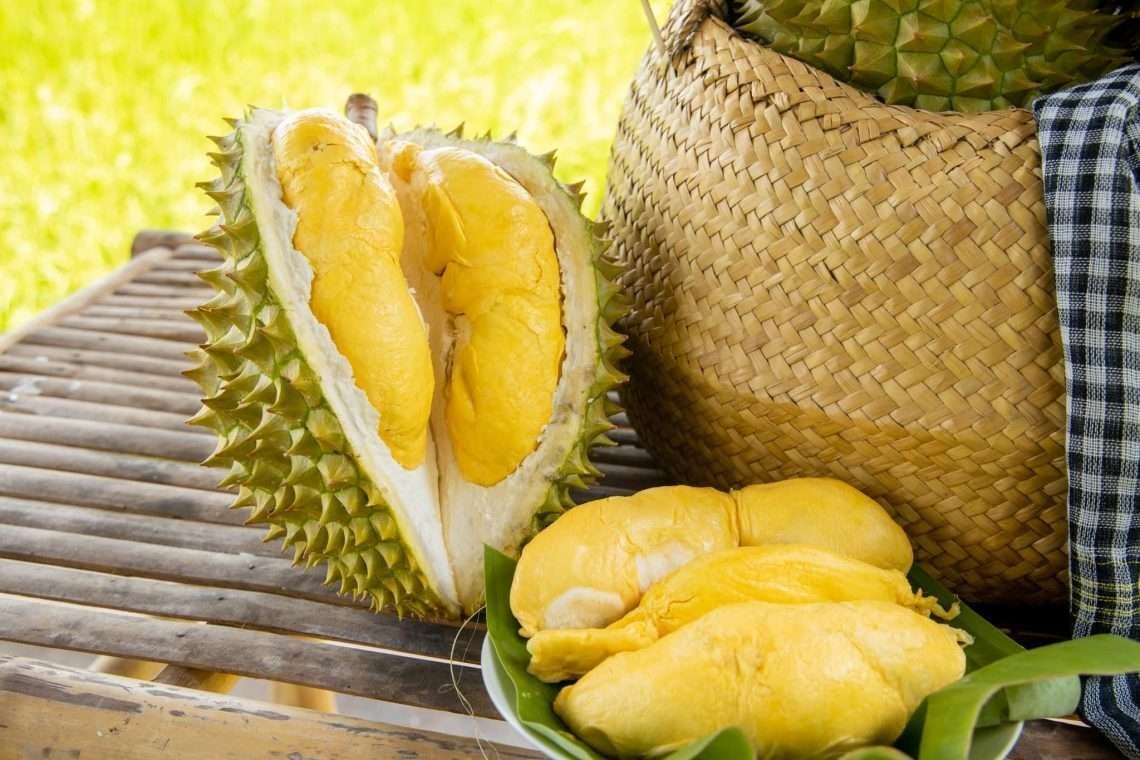
Reference durian price list on November 7
Prices at the farms vary depending on the region and quality of the product. Below is a reference price list in some major growing areas:
| Area | Types of durian | Reference price (VND/kg) |
|---|---|---|
| Mekong Delta | Grade A Thai durian | 90,000 – 95,000 |
| Thai durian grade B | 75,000 – 80,000 | |
| Thai durian grade C | 55,000 | |
| Dak Lak | Grade A Thai durian | 87,000 – 90,000 |
| Thai durian grade B | 67,000 – 70,000 | |
| Thai durian grade C | About 35,000 | |
| Bao Loc ( Lam Dong ) | Grade A Thai durian | 80,000 – 82,000 |
| Thai durian grade B | 60,000 – 62,000 | |
| Phuoc An ( Dong Nai ) | Grade A Thai durian | 80,000 – 85,000 |
| Thai durian grade B | 60,000 – 65,000 | |
| Mekong Delta | Durian 6 type A | 75,000 – 80,000 |
| Durian 6 type B | 60,000 – 65,000 | |
| Durian 6 type C | 38,000 – 50,000 | |
| Common market | Musang King | About 140,000 |
| Black Thorn | 150,000 – 160,000 |
Reasons for market cooling down
The short-term decline in durian prices is mainly due to difficulties in exporting. The temporary suspension of customs clearance across the border with China has caused export goods to be congested in warehouses. This has forced many traders to limit new purchases, putting pressure on garden prices, especially in the Central Highlands and Lam Dong, areas in the main harvest season.
Exports remain a long-term bright spot
Despite fluctuating domestic prices, durian exports have maintained impressive growth momentum. According to data from the Department of Digital Transformation (Ministry of Agriculture and Environment), fruit and vegetable exports in the first 10 months of the year are estimated at 7.09 billion USD, up 15.1% over the same period last year. Durian alone contributed more than 3 billion USD during this period.
China continues to be the largest importer of durian from Vietnam, accounting for 62.9% of the total turnover. Notably, in September, this market spent nearly 1 billion USD to import Vietnamese durian, an increase of 67.7% compared to the previous month. Other important markets include the US (accounting for 6.6%) and South Korea (3.9%). Exports to the US recorded a strong growth of 59.8%, showing the potential for market diversification of this agricultural product.
Source: https://baolamdong.vn/gia-sau-rieng-hom-nay-711-sau-thai-giam-con-80000-dongkg-400929.html





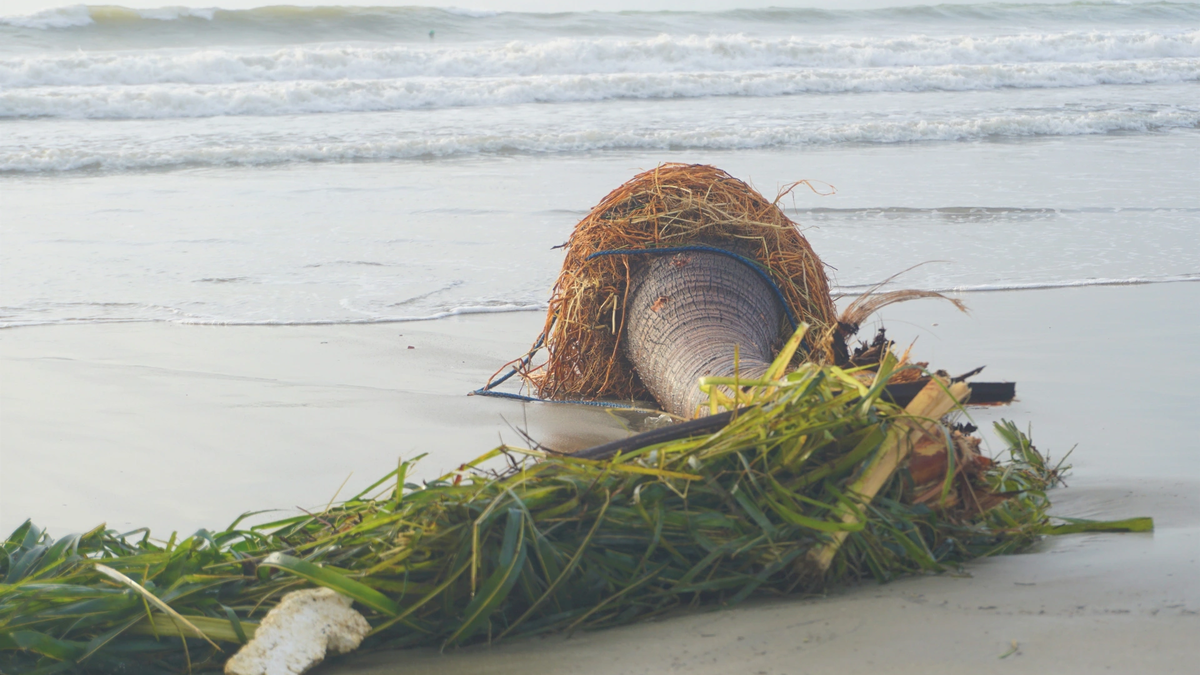

![[Photo] Da Nang: Hundreds of people join hands to clean up a vital tourist route after storm No. 13](https://vphoto.vietnam.vn/thumb/1200x675/vietnam/resource/IMAGE/2025/11/07/1762491638903_image-3-1353-jpg.webp)
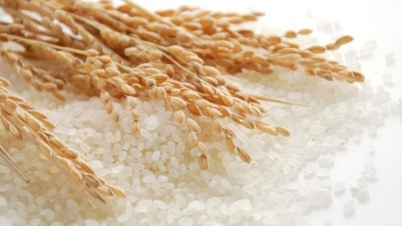


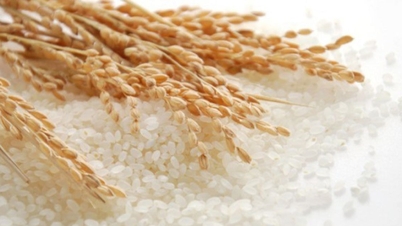



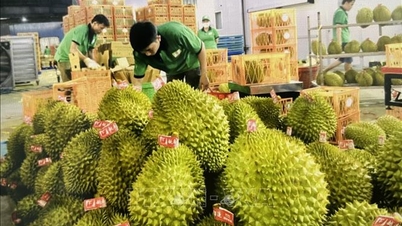


































































































Comment (0)